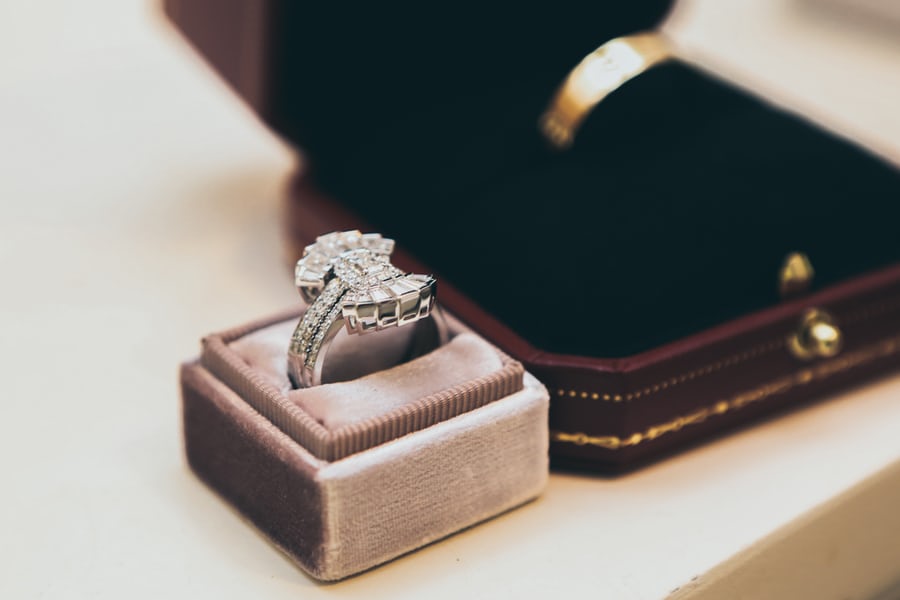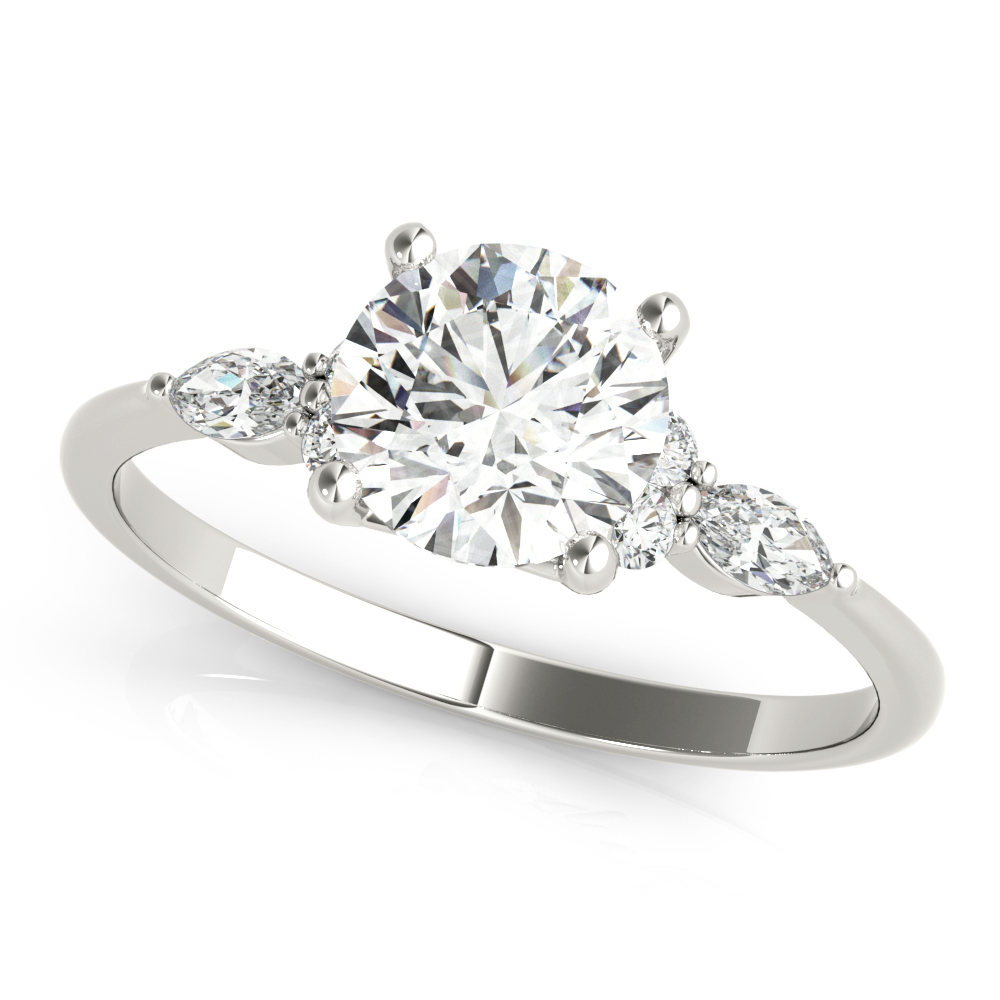UNCATEGORIZED

The 4 C’s of Engagement Ring Shopping
Every diamond is slightly different, which makes choosing the perfect diamond a little more challenging. If you don’t know your diamonds, how can you be sure that you have chosen a good ring and got good value for money too?
The good news is that anyone can choose a diamond if they know the 4 C’s: cut, colour, clarity and carat. With these simple rules, you can find the perfect diamond ring for you. All you need to do is find the perfect balance of each.
CUT
The cut is often regarded as the most important of the 4 C’s and it is certainly going to have a big impact on the diamond. The cut simply refers to the shape the diamond is cut into. There are many different shapes and each one creates a slightly different path for light to pass through; this is what jewellers call ‘brilliance’.
A modern round brilliant diamond consists of 58 facets, which refract the light making the diamond sparkle. The better the cut and polish, the brighter the diamond will appear. If a diamond isn’t symmetrical, badly proportioned or has a lack-lustre finish, you should not buy that diamond.
COLOUR
Diamonds come in a wide range of colours which are graded from D-Z. D is the brightest, clear or ‘white’ diamond and doesn’t have any tints of other colours. Z is a yellowish-brown diamond and is rarely as brilliant as other diamonds.
When choosing the colour grade of your diamond, it is worth remembering that even the most experienced diamond trader can’t always tell the difference between D and F grade diamonds. It is also worth remembering that the more facets a diamond has, the more light will pass through it and the less the colour will appear. This means that you can get away with a lower grade colour if you are smart with the cut and the metal it is placed with.
CLARITY
The clarity grading system works from ‘flawless’ through to ‘included 3’. There are also codes for the kind of imperfections in the stone, which include surface blemishes and internal blemishes. Every diamond has some sort of imperfection, so the idea of flawless in this context doesn’t mean perfect.
Some cuts are much more forgiving than others so may hide blemishes more easily. An emerald cut or another stepped cut won’t be so forgiving but if you like the imperfection, it could be a nice way to highlight the unique nature of the stone.
CARAT
A metric carat is equivalent to 200 milligrams, or 1/5th of a gram but diamonds are rarely exactly 1 or 2 carats so tend to be measured in ‘points’. A point is 1/100 carat, so a .50 carat diamond would be called a 50 pointer.
Ultimately, the cut and colour of your diamond will make the biggest difference to how big the diamond appears. So, while you might have a particular carat value in mind, you must be flexible if you want to find the perfect diamond.






